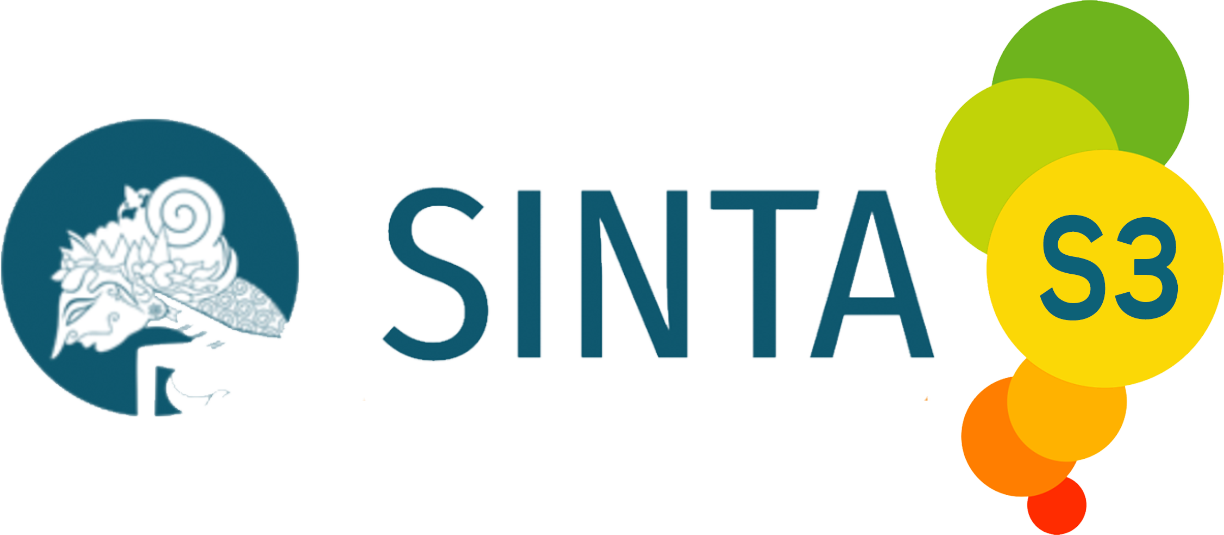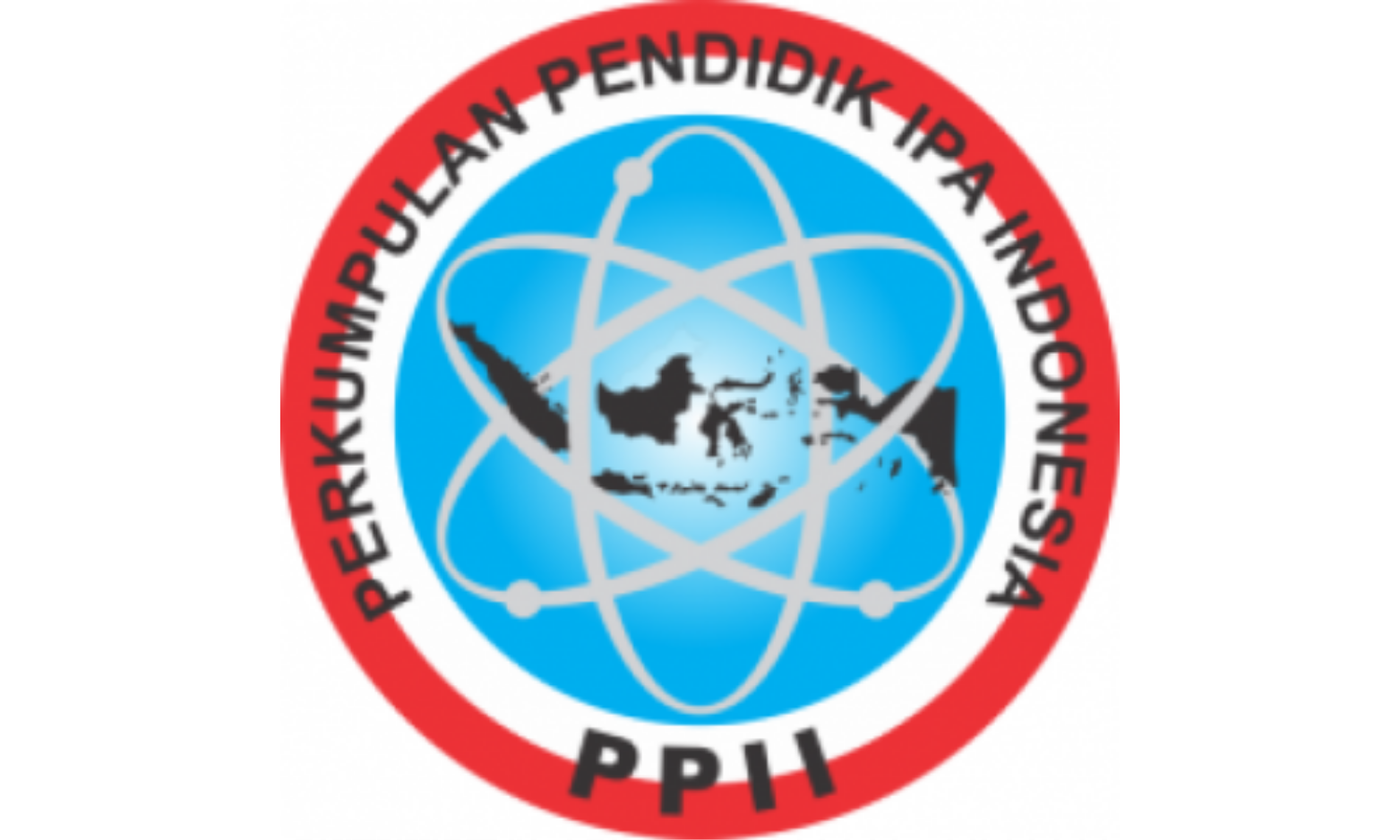REDESAIN LEMBAR AKTIVITAS MAHASISWA BERDASARKAN ANALISIS KESULITAN MAHASISWA PADA KONSEP RANGKAIAN LISTRIK ARUS SEARAH PADA PERKULIAHAN FISIKA DASAR
DOI:
https://doi.org/10.15575/jotalp.v4i1.3793Abstract
References
Coletta, V. P. dan Phillips, J. A. (2005). Interpreting FCI scores: Normalized gain, preinstruction scores, and scientific reasoning ability. Am. J. Phys.73(12). pp. 1172-1182.
Engelhardt, P. V., & Beichner, R. J. (2004). Students’ understanding of direct current resistive electrical circuits. American Journal of Physics, 72(1), 98-115.
Halloun, I.A., Hestenes, D. (1985). The initial knowledge state of college physics students. Am. J. Phys.53. pp 1043–1055.
Hsu, L., Brewe, E., Foster, T.M., Harper, K.A. (2004). Resource Letter RPS-1: Research in problem solving. Am. J. Phys. 72 (9). pp. 1147-1156.
Johnson, M. (2001).Facilitating high quality student practice in introductory physics.Am. J. Phys. 69 (7).pp. S2-S11.
Kahyaoglu, Z. T. (2007). Factors affecting physics achievement in Turkish High Schools. Tesis. Middle East Technical University, Ankara
Kim, E. dan Pak, S. (2002).Students do not overcome conceptual difficulties after solving 1000 traditional problems. Am. J. Phys. 70 (7). pp. 759-765.
McDermott, L. C. (1984). Research on conceptual understanding in mechanics.Phys.Today37(7). pp. 24-32.
McDermott, L. C., Shaffer, P. S. (1992). Research as a guide for curriculum development: An example from introductory electricity. Part I: Investigation of student understanding. Am. J. Phys.60 (11), pp. 994–1003.
McDermott, L. C., Shaffer, P. S. and the Physics Education Group at the University of Washington.(2002a). “Tutorial in Introductory Physicsâ€. New Jersey: Prentice-Hall Inc.
McDermott, L. C., Shaffer, P. S. and the Physics Education Group at the University of Washington.(2002b). “Tutorial in Introductory Physics, Homeworkâ€. New Jersey: Prentice-Hall Inc.
McDermott, L.C. (1997). Bridging the gap between teaching and learning: The role of research.The Changing Role of Physics Departments in Modern Universities: Proceedings of ICUPE, edited by E. F. Redish and J. S. Rigden. CP399. pp. 139-165.
McDermott, L.C. (2013). Improving the teaching of science through discipline-based education research : An example from physics. Eur. J. Sci. Math. Ed.1(1). pp. 1-12.
McDermott, L.C. (2014). Melba Newell Phillips Medal Lecture 2013: Discipline-Based Education Research—A View From Physics. Am. J. Phys.82(8). pp. 729-741.
McDermott, L.C. and the Physics Education Group at the University of Washington (1996).“Physics by Inquiryâ€.New York:Jhon Wiley dan Sons. Inc.
McDermott. L. C. (2001). Oersted Medal Lecture 2001: “Physics Education Research — The key to student learningâ€. Am. J. Phys. 69 (11). pp. 1127-1137.
McDermott. L. C., Redish, E. F. (1999). Resource Letter: PER-1: Physics Education Research. Am. J. Phys. 67 (9). pp. 755-767.
Meltzer, D. E. (2002). The relationship between mathematics preparation and conceptual learning gains in physics: A possible “hidden variable†in diagnostic pretest scores. Am. J. Phys.70(12). pp. 1259-1268.
Saepuzaman, D. (2017). Tutorial Pra-Kelas: Sebuah Strategi Pembelajaran Untuk Meningkatkan Pemahaman Konsep Pada Perkuliahan Fisika Dasar. Jurnal Pengajaran MIPA, 21(2).
Van Heuvelen, A. (1991a). Learning to think like a physicist: A review of research-based instructional strategies.Am. J. Phys.59(10). pp. 891-897.
Van Heuvelen, A. (1991b). Overview, Case Study Physics.Am. J. Phys.59(10). pp. 898-907
Downloads
Published
Issue
Section
Citation Check
License
Journal of Teaching and Learning Physics is licensed under a Creative Commons Attribution-NonCommercial-NoDerivatives 4.0 International License








